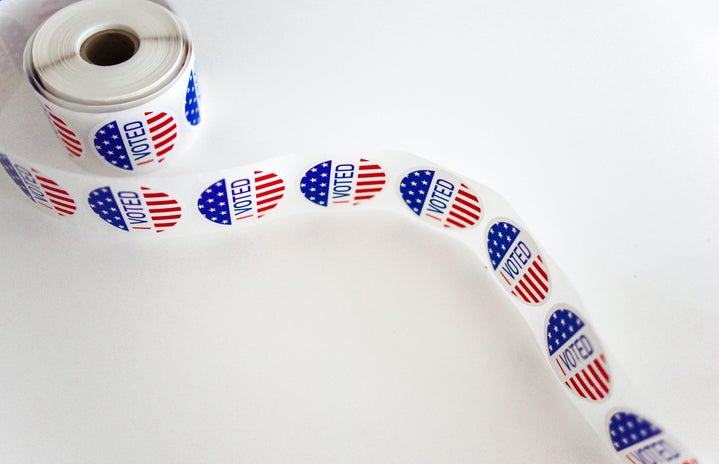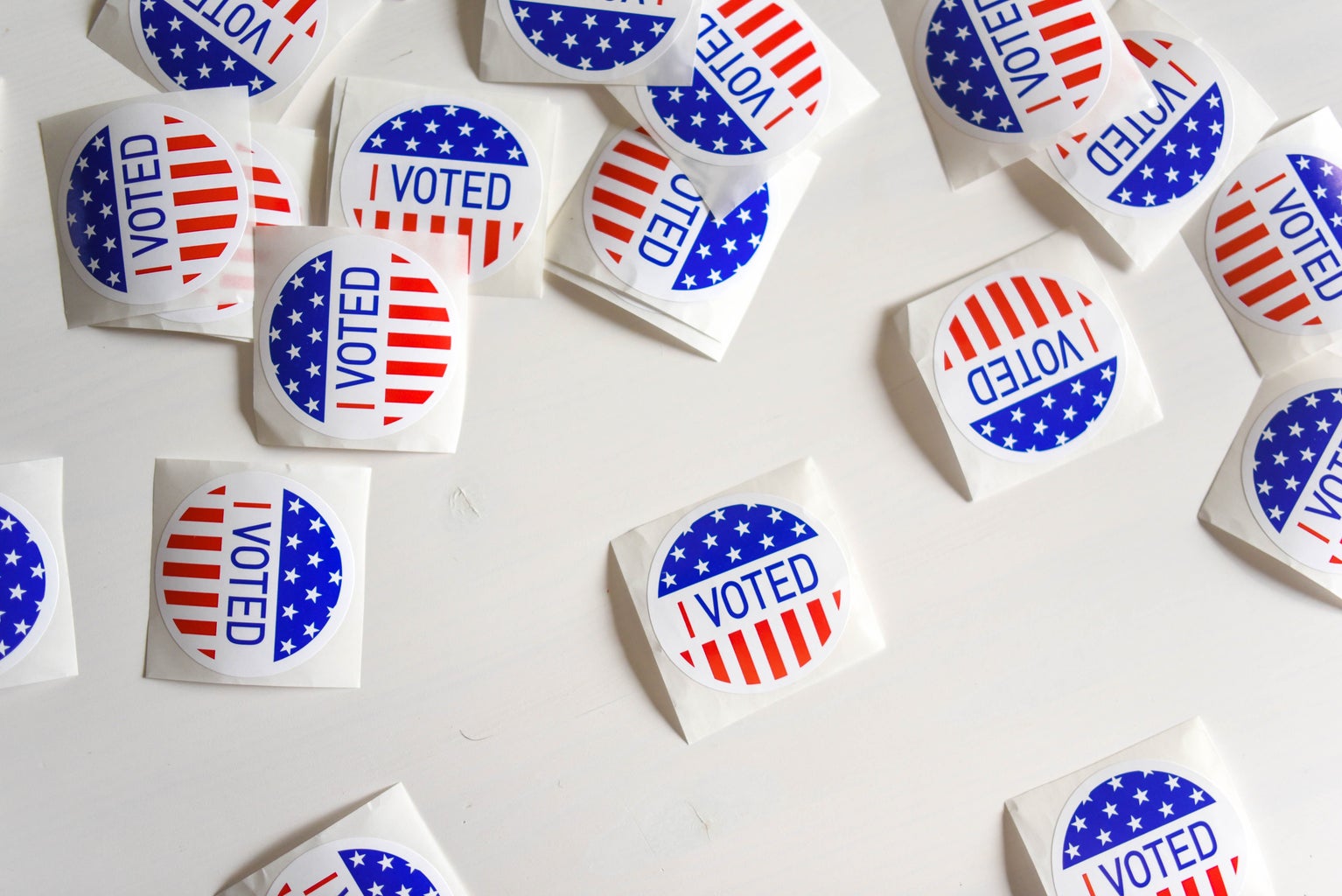As the race for president between Donald Trump and Joe Biden has entered its final week, many news sites are scrambling to predict the 2020 election outcome. The majority of these polls show Biden winning by upwards of 10%, such as CNN’s “poll of polls” that shows Joe Biden leading with 52% and Trump behind at 42%. In 2016, polls had Hillary Clinton averaging at a 45.7% and Trump again falling behind at 41.8%. The results of the 2016 election night did not look like these projected numbers and left many Americans shocked and confused. Unless voters are looking for a repeat of the last election, where the outcome was a complete surprise to most, they should not rely on the polls.

Anyone who has ever taken an Intro to Statistics course knows of the five types of sampling: Random, Systematic, Convenience, Cluster and Stratified. While the best way to obtain data is from random sampling, giving every person in the population an equal chance of being selected for the poll, it is hard to pull off. The most common ways of gathering data for election polls rely heavily on volunteer polling, which falls under the worst type of sampling – convenience.
Usually these election polls take place over the phone, through email or on websites that can easily be ignored and clicked away. The people most likely to provide an honest answer are those that have a strong opinion. As a result, these polls rarely account for the 10% of undecided voters or the “shy Trumpers,” a term that came about after the 2016 election.

In the beginning of July, CNN released its new standards for reporting on polling as the election started to heat up. In efforts to reduce the chance of the errors of last election reoccurring, the news site has implemented 16 new questions that must be answered adequately by pollsters. “These questions will be easy to answer if a pollster has taken the necessary steps to reliably estimate the American public’s opinion” says CNN, as their polls show Biden drastically in the lead.
However, The Investor’s Business Daily (IBD) and TechnoMetrica Market Intelligence (TIPP) poll, accredited as one of the only polls that accurately foresaw Trump’s win in 2016, has recently found that Biden’s lead dropped to 48.1%, while Trump is at a new high of 45.8%. IBD/TIPP “applies a multimodal approach using “traditional” telephone methodology, with live interviewers supplemented by online surveys,” a strategic way to increase response rates while using original polling methods. This is stated on their website, as well as their claim of having “the most accurate presidential poll four elections in a row.”
The public is less likely to vote when told a candidate is extremely likely to win, according to a 2018 study. Furthermore, the use of these probabilistic forecasts are likely to lower the candidate’s actual probability of winning as it leaves voters with the impression that the race is far less competitive.
Due to the pandemic and the quick solutions states had to come up with for mail-in voting, the 2020 election is more unpredictable than any election prior. If Americans do not want a repeat of last election they should ignore the polls and go out and vote.



